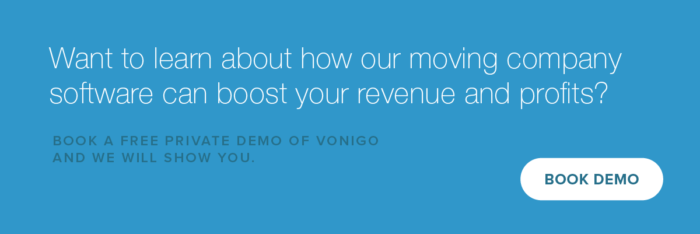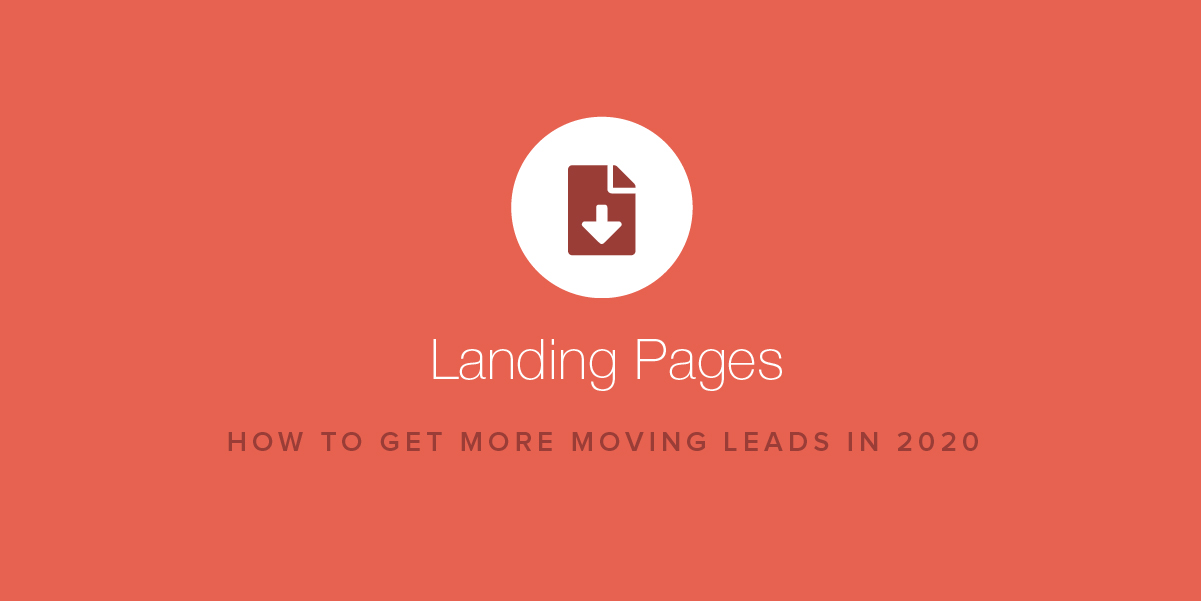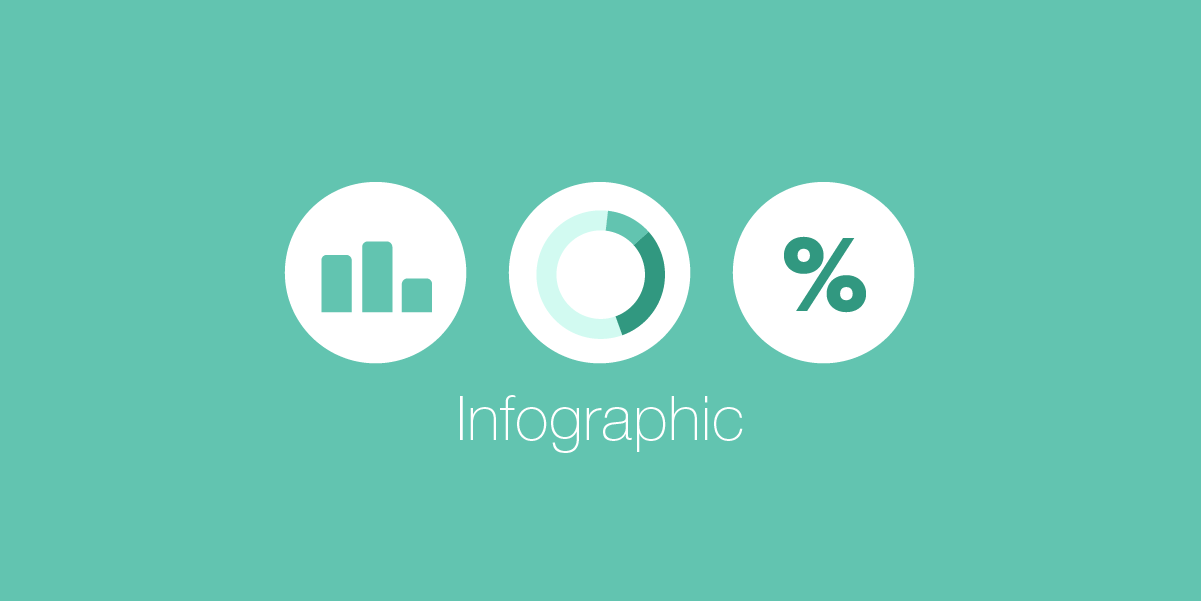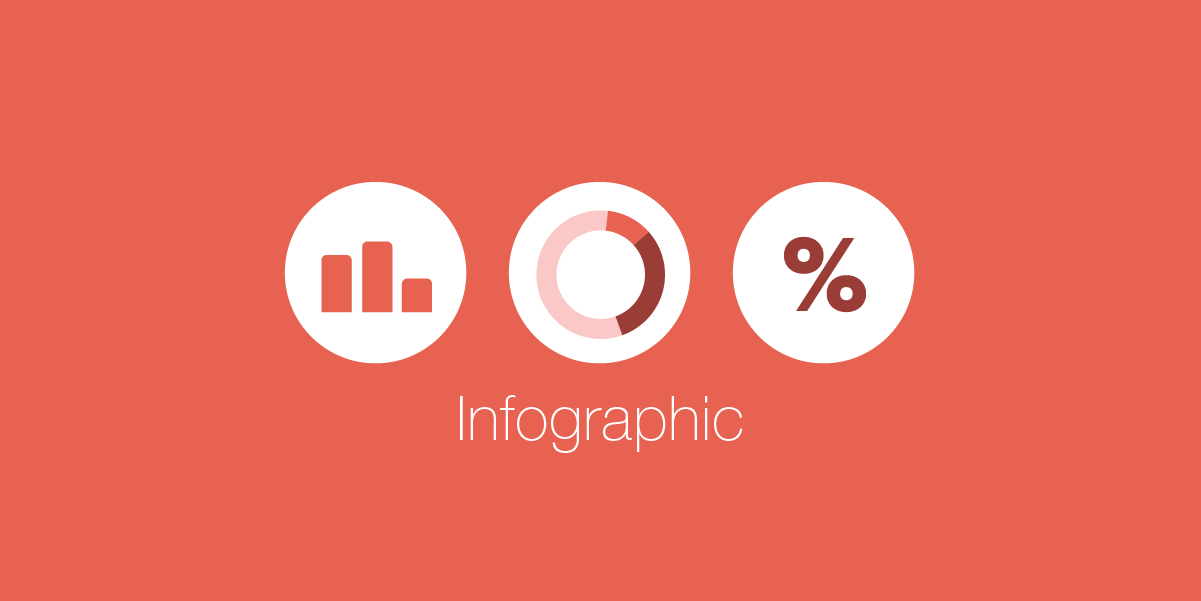How Landing Pages Can Help You Get More Moving Leads
- November 15, 2019
- By: Vonigo
This article about using landing pages to get more moving leads is by Téa Liarokapi, a content writer for Moosend and WriterZone.

If you want to build a successful campaign to get more moving leads, and more sales and conversions, there are two things you need to utilize: landing pages are the first one. The second one is email marketing. And we’re here to focus on landing pages and how it can help your business grow.
Landing pages have been around for quite some time and have proven to be successful if used correctly. This is why we’ve got a variety of tools and techniques to use, in order to make sure we nail it:
From the best landing page builder in town to the most compelling landing page copy, it feels like all has been said and done. But has it?
And most importantly, have you used all the information available, correctly?

What is a Landing Page?
A landing page, unlike a homepage, is a page that someone lands on — as its name suggests — after clicking on a unique link somewhere on the web (usually comes from an email’s CTA or an ad somewhere on the web).
A landing page’s objective is to either generate moving leads or showcase the product (i.e. sell), therefore we split them into two categories: lead-gen landing pages and click-through landing pages.
The common misconception that a landing page and a homepage are no different, is mistaken, seeing as a landing page is a standalone page, whereas a homepage belongs to your website.
But this is not their only difference: You design a landing page to convert, whereas a homepage is designed to show and inform. Apart from the differences in the names and the intent, there is a huge difference when it comes to the design.
What Should a Landing Page Contain?
Since we’re talking about lead-gen landing pages, let me make something very clear. A lead-generation landing page is there to capture a lead’s information. The moving industry is no exception to that rule.
By getting someone’s email, you’re essentially getting their permission to communicate with them. This means they checked you out, found value in your product and would like to hear more about you and what you can offer them.
But how are you going to get that person’s email in the first place? In other words, how are you going to generate moving leads through one single dedicated “place” on the web?
For starters, and before you decide on the design, you’ll need to be very clear on two things: Your buyer personas and your goals. Without personas, there are no goals and without goals, there is no CTA.

You Need to Be Clear and Simple to Gain Moving Leads
A landing page won’t convert if you load it with links and information.
You’ll need a headline that will be designed to show the benefit of the service, apart from showing what the service really is.
If they want to move and cross-check companies, then you’ll need to give them a benefit that showcases your value in a single headline:
(Source)
This is a pretty good example if I’m honest. Let’s see why:
The headline has the word I was looking for. “Moving.” This is why I began my Google search in the first place.
And that moving is easy, which is just what I need. A no-fuss experience.
The title has been created following an SEO logic, much like websites do. Since search engines are here to satisfy the user’s intent and since SEO (Search Engine Optimization) is done for the engines themselves, then, by extension, the user’s intent is satisfied either way. As it should be.
Let’s move on now, to the CTA (call to action). The CTA button is simple, clear, no-nonsense: “GET A FREE QUOTE.”
The value is clear and simple, without asking for too much. In order for the prospect to be captured as a lead, all they need is the prospect’s own desire for something that will be of value — a cost estimate.
This way they’re going to remember your company, the one that gave them a free quote.

Something to Keep in Mind
Don’t include unnecessary links, but always provide a way out. In simpler words, you don’t need too many links back to your website. A landing page is not your homepage. Links are not needed — but, in order for your prospect to not feel trapped, you need one link back to your website.
But it needs to be just that one. Let me show you another example:
(Source)
There are way too many links here. And frankly, I’m confused. I see links to social media pages, to other types of services, to a resource page… All of these links will disorientate the prospect, making them unsure of what to do next. That’s attention that should be given to the form your prospect has to fill out and the CTA button they’ve got to press.
This landing page is not simple and not clear at all. It doesn’t lead the prospect to what the brand needs them to do.
What Should Your Form Look Like?
As with all cases, simplicity is key here as well. Of course, simplicity doesn’t have to mean mundane or boring.
On the contrary, simple means clean lines, exactly as many words as needed and, above all, not too many things required.
The less information you need, the better.
(Source)
All of the data in the example above is of use. Since this moving business deals with office/warehouse relocations, they do need the number of staff of the company they’re going to move.
What is more, you can notice the simplicity I mentioned before. The form is the only thing that will draw attention, as it should be.
Now, check this one out:
This is way way too detailed for just a quote. And honestly? It would make me feel suspicious, in the sense that I don’t need to give out all that info just to get a quote.
So, the basic principle here is “The simpler, the better.” But there is another thing to keep in mind, and that thing is called a lead magnet.
How to Use Lead Magnets
A lead magnet is what its name states: A “magnet” that attracts new moving leads to you. A freebie that will get people to sign up.
In the moving industry, there is no better freebie than a free quote or a free consultation.
But whatever it is, make sure that you’re not asking for more information than you need to know, in accordance with the lead magnet as well as what your moving business needs.
In simpler words, the bigger the freebie, the more information you could ask for. Asking for way too little seems just as fishy as asking for too much when it comes to data.
Be Mindful of Friction
People being wary to complete your form if your freebie is not that good or if they get suspicious (or both), is called friction.
Essentially, friction is the sum of actions your prospect needs to go through, in order to sign up. If your form looks too long and tedious, cut down a lot on the amount of copy on the page and form.
After getting rid of the unnecessary copy, cut your form into smaller pieces that will be easily digestible. Like this:
(Source)
Minimal copy. Strong actionable words. “Don’t do this, but do that” feeling, making this moving company look like the only one that can give solutions.
Then you see the free estimate (the lead magnet) and four little boxes to fill out. Now, look what happens if you press the “Continue” button:
(Source)
They require me to give out my name, email and telephone number. It seems reasonable enough for a free estimate. Most importantly, it seems quick and easy.
If I press submit, I get a thank-you page and I’ll expect a phone call by a representative. This moving company managed to lose all the unnecessary friction just by splitting the process into two parts.
Remember, the key here is for your prospects to convert into moving leads in a simple and easy way, without making them think, even for a second, that things are getting too difficult with your company.
The Last Tip to Pick Up More Moving Leads?
As with every landing page, you’ll need to take two things into account. One is GDPR compliance and the second one, which has again to do with trust, would be including social proof.
Customer testimonials in the form of short quotes or, better yet, a video, would be ideal for your lead generation landing page. Either of these gives your prospects a feeling of security.
By having very pleased people appear on your landing page and a GDPR compliance badge, you’re not only aiming for conversion rate optimization, you’re also managing to show your moving leads that you’re not in this for the quick and easy win.
Just make sure that the testimonials, if written, are grammatically correct.
Takeaway
These tips will help all of you moving marketers and business owners design a landing page that will aim for the amount of conversion you need.
Want to learn about how moving software with online booking can turn your moving leads into jobs on your calendar and help your moving business grow? Book a free, private demo of Vonigo.



